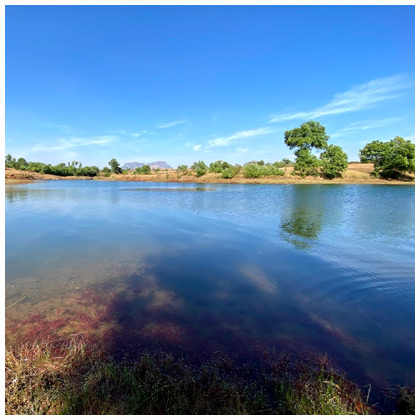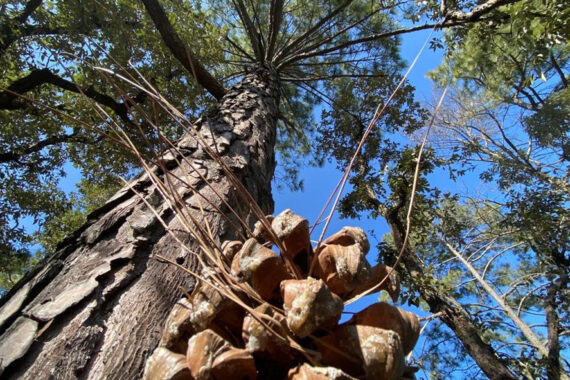Introduction: Mussoorie, often referred to as the “Queen of the Hills,” is a picturesque hill station in India that attracts tourists with its stunning...

Corporate Offsite at Thailand
A perfect backdrop for your unforgettable experiences. Travel to Thailand
START JOURNEY >

Corporate Offsite at Goa
Blend relaxation and growth with our engaging Team Building activities.
START JOURNEY >

Other expectional venues for Offsite
Offering corporate offsite at major tourist locations across India for outbound interventions.
START JOURNEY >

Unleashing the Magic of Glamping Hotels!
Discover profound connection with nature’s wonders at Ananta Outdoors Glamping Hotels in India . Our conscious Glamping hotel experience rejuvenates your being, bringing inner peace. Embrace untamed beauty, luxuriating in comfortable Camping tents. Thrilling adventures and blissful relaxation await, creating unforgettable moments. Harmonise with nature’s symphony on a transformative journey, leaving you inspired and revitalised.
Accommodation
Immerse yourself in the captivating charm of nature’s excellence and tranquility, and indulge in the advantage of impeccable flawlessness. Stay in one of our exquisitely curated glamping Swiss tents and create memories that will last a lifetime!








